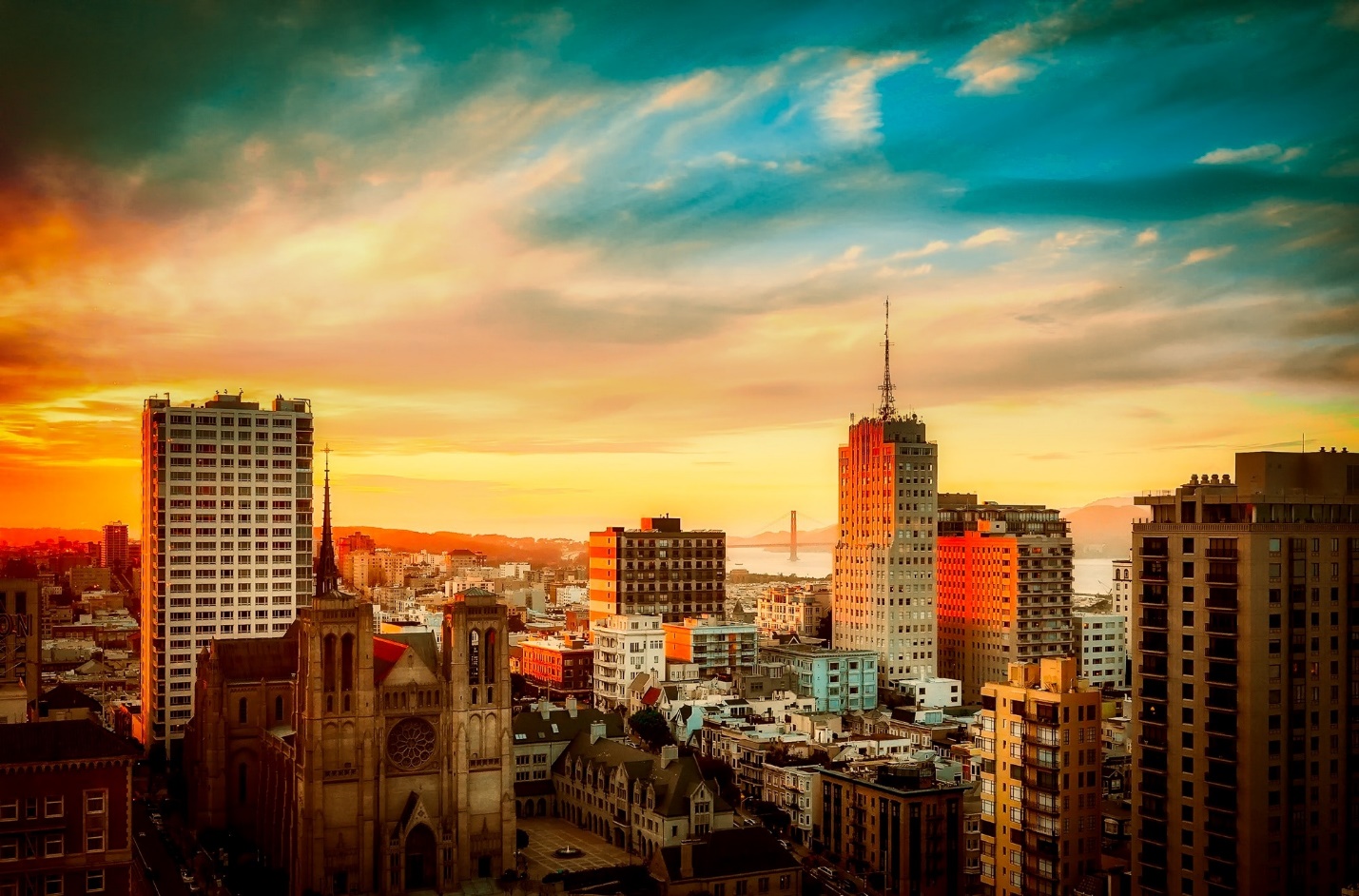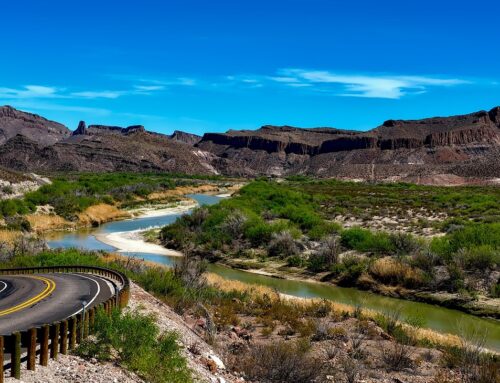Climate change has become a regular reality for everyone worldwide, and it has slowly started affecting several commercial industries. Commercial real estate has always been closely linked to climate conditions; hence, it is no surprise that the industry has faced several challenges in the worsening conditions.
There is extensive debate about the implications of climate change on commercial real estate investment and for a good reason. This blog will address how climate risk has changed commercial real estate, affecting investment decisions.
Impact of Climate Risk on Commercial Real Estate
Commercial real estate is a dynamic industry because it is closely related to several seemingly unrelated factors. A healthcare crisis (the pandemic) caused transaction value to plummet because offices closed down, and most workplaces needed to adopt a WFH model.
Similarly, the following are some of how the climate risk affects commercial real estate:
1. Risk of Damage due to Natural Disasters
The risk of natural disasters has increased significantly in the past few years, almost doubling compared to 2014. These natural disasters include thunderstorms, hurricanes, earthquakes, tsunamis, etc., which are detrimental to commercial real estate.
According to a CNBC report, commercial real estate incurred a $13.5 billion expense in 2021 to repair flood damage. Overall property damage for the year amounted to $56.9 billion, and experts believe this number will increase in the coming years due to the rapidly changing climatic conditions.
The problem with such damages is two-fold:
- The property owner has to arrange and pay for the initial restoration cost to a significant extent.
- The overall structural damage might weaken the property reducing its value.
Commercial real estate investors often have to face such issues if their property is located in an area with a higher risk of natural disasters.
2. Higher Insurance Costs
The higher risk of damage has also increased property insurance costs. Therefore, buyers and investors are now paying substantial disaster premiums compared to before because of climate risk.
There is also no way to offset this insurance premium because even using eco-friendly construction material does not reduce the risk of damage to the property.
3. Governmental Regulations and Taxes
The government is under pressure to make regulations that protect the environment. Such regulations involve increasing taxes on commercial real estate and the imposition of rules that increase the cost of buying or investing in the industry.
Despite the extensive pressure, red states have avoided introducing such regulations, so you can still explore investment options with higher ROI.
4. Stakeholder Accountability
An increasingly high number of consumers and businesses are shifting towards sustainability. This shift means businesses choose more economically-friendly options because their consumers and overall stakeholders demand accountability.
Hence, even without regulations, investors notice a change in the demand and supply trends in commercial real estate.
Final Thoughts
Overall, the climate risk and crisis have affected the commercial real estate industry directly and indirectly. The best course is to observe the current environment, change investing and selling strategy, and work accordingly.
Please contact the CHRE team to invest in commercial real estate in Rio Grande Valley. We have worked in the industry for several years and will help you find the most suitable options.






Leave A Comment